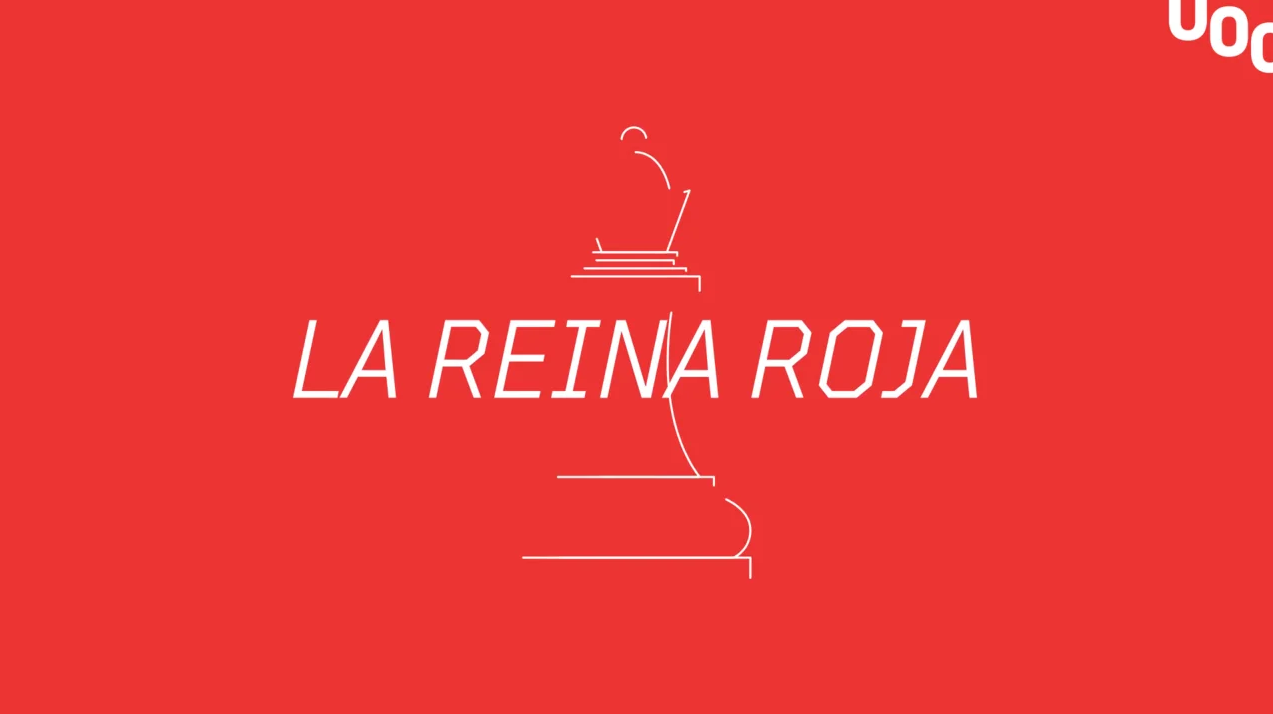Hyperisland and Kaospilot: educational centres with innovation engraved in their DNA
11 June, 2019
Learning in business, design and technology schools is being transformed with the aim of adapting to a changing society and work environment that must absorb the demands driven by the Fourth Industrial Revolution. In this chapter of La Reina Roja, The individual as a potential for the team Lluís Pastor introduces us to two educational centres that were born with innovation engraved in their DNA.
The first of them is Hyperisland, a Swedish university that incorporates the contents that society needs as it advances, adapting to the rhythm of technology and not to the bureaucracy of the certification agencies, and carrying out a team-based assessment. The second is the Danish Kaospilot, which offers programmes related to design, business and technology and bases its learning on collaborative work and the realisation of real projects. Hyperisland works with a team-integrated model and their teachers are facilitators as Inés López, senior programme manager tells in this chapter: “I would be the closest thing to a professor, I’m the programme manager. My role is being a learning designer, one part as a facilitator and the other part as a project manager (coordinator). I assist them in how they work and we associate in each module with a person from the industry, who is excellent at it and we call him the industry leader“. Hyperisland offers some specialized online courses and integrates the technology within their system, being this one a cornerstone: “Understanding how technology has changed human behaviour“, she points. The assessments in Hyperisland are made through the reflections and comments of the facilitators in order to promote improvement and not through traditional exams: “They work on projects, they don’t have exams. At the start of each module, we give them one client per team. That’s what happens in the beginning: we make teams, we give them the client, we give them the briefing and the resources they need”, adds, and give them a deadline. In the meantime the students have some workshops. “The employement rate for students after leaving our Swedish school is 90%”, concludes Inés López.
The second is the Danish Kaospilot, which offers programmes related to design, business and technology and bases its learning on collaborative work and the realisation of real projects. Applying for Kaospilot it’s not easy as Peter Sims, Team Leader at Kaospilot, tells: “It’s a fairly intense process, open and demanding, through which they [the students] must show their skills, their character, their initiative, their motivation, and their ability to work one with each other, collaborate… especially in high-pressure situations when things are quite ambiguous”. They have guest lecturers and work on real companies projects. Their assessments are based on exams and analysis of the projects they carry out. Their students learn, above all, the ability to find solutions to any situation and resilience to the unpredictable. Learning is based on experience. “We’re much more interested, in real experience, life learning, than academic results”, tells Sims.
We’ll keep on travelling towards new ways of learning. We hope you enjoy the new chapter of La Reina Roja The individual as a potential for the team.


